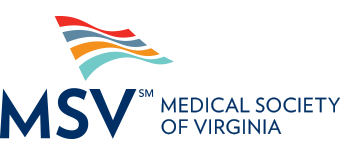Today’s healthcare teams face a growing need for interprofessional collaboration, creative problem solving, and impactful leadership training to drive organizational performance.
The healthcare work environment is changing every day. Across the board, healthcare providers are expected to do more – more paperwork, more reporting, more meetings, see more patients. At the same time, providers are feeling further isolated and less supported. The House of Medicine needs strong, dedicated leaders and effective healthcare teams more than ever.
The SYNC program is an innovative, team-based learning experience that teaches collaboration and leadership through hands-on problem solving. SYNC helps develop your leadership and teamwork skills by having you work on a capstone project to be presented at the end of the session. As a hospitalist, we chose to focus our SYNC Capstone on patients in the acute care setting. Our project focused on educating patients at high risk for stroke, in hopes of reinforcing compliance and ultimately decreasing their risk for stroke. Our team included physicians and nurses, and we reached out to pharmacists, social workers, and hospital leadership throughout the project. We initially sought to identify patients with new onset atrial fibrillation, however, upon reviewing the data, we realized the population size was too small and we had to widen our focus. As our project evolved, we faced challenges that forced us to make other changes. We reviewed social determinants of health, looking for patterns and areas where we could help patients. It forced us to look outside the lens of the hospital setting and more at proactive prevention rather than reactive treatment.
SYNC is facilitated by successful leaders who understand the necessary qualities for the entire healthcare team – communication, collaboration, and flexibility.
Communication is a key component in healthcare. Patients are relying on you to help them through some of the toughest times of their lives. In order to best serve your patients, you must have an open line of communication with your coworkers. Be open and honest with your team members. Check in with each other. Be present in conversations. The SYNC Capstone project creates a line for open and necessary communication with other members of the healthcare team.
Collaboration is necessary for success. This is the keystone of SYNC. If your team is not on the same wavelength or encouraged to share ideas, they will be less motivated to succeed. Being in an environment that encourages professional growth and allows ideas to flow freely ensures positive outcomes for patients. During our project, we learned from each other, each bringing different skills to the table.
Flexibility is required of all members of the healthcare team. By signing up for SYNC, participants are taking their first step into accepting and participating in the unplanned. The leadership role in the team is dynamic and changes depending on the needs and each other’s expertise.
The SYNC program teaches the foundation of effective interprofessional collaboration. Participants leave with a different understanding of what it means to be a part of the healthcare team. While our project started out small, we are working on expanding it to include more patients and involving new team members.
Denise G. Alcantara, M.D.
Sentara Hospital Medicine Physicians
SYNC Cohort 5

Participants have used SYNC to develop or build on programs that are critical for patients. Some of these programs include-
- Stroke Education in High Risk Populations for Primary Prevention – Sentara Princess Anne Hospital – Cohort 5
Project Goal: Implement a program identifying non-stroke patients admitted to hospital who are at high risk for stroke. Once identified, the focus will be to complete targeted stroke reduction education and follow the patient post acute-care. - Barriers to Breast Cancer Screening – Valley Health – Winchester Medical Center – Cohort 2
Project Goal: Improve access and streamline delivery of breast cancer screening, identify barriers that make access difficult, and eliminate travel and distance between service delivery settings and target populations. - Improving Communication & Handoffs During Transitions of Care for ICU Patients – Centra Health – Inpatient Team – Cohort 1
Project Goal: Decrease the amount of time until a patient is seen by a receiving physician after an ICU transfer, decrease rate of “bounce back” to ICU and eliminate unnecessary medications upon transfer. - Diabetes Prevention – A Public Health Collaborative – Mason and Partners Clinic & Prince William Health District – Cohort 1
Project Goal: Identify pre-diabetic patients in the Mason and Partners Clinic and refer them to the lifestyle change program to improve overall health. The project involved utilizing Community Health Workers in patient care and connecting patients to a medical home.
The House of Medicine is critical to keeping patients and communities healthy. With the changing landscape of healthcare and the added pressures of healthcare professionals, there has never been better time to sign up and become a part of SYNC.
If you have questions about SYNC conact Amy Swierczewski, Assistant Director of Intrastate Accreditation and MSVF Programs, at [email protected]



